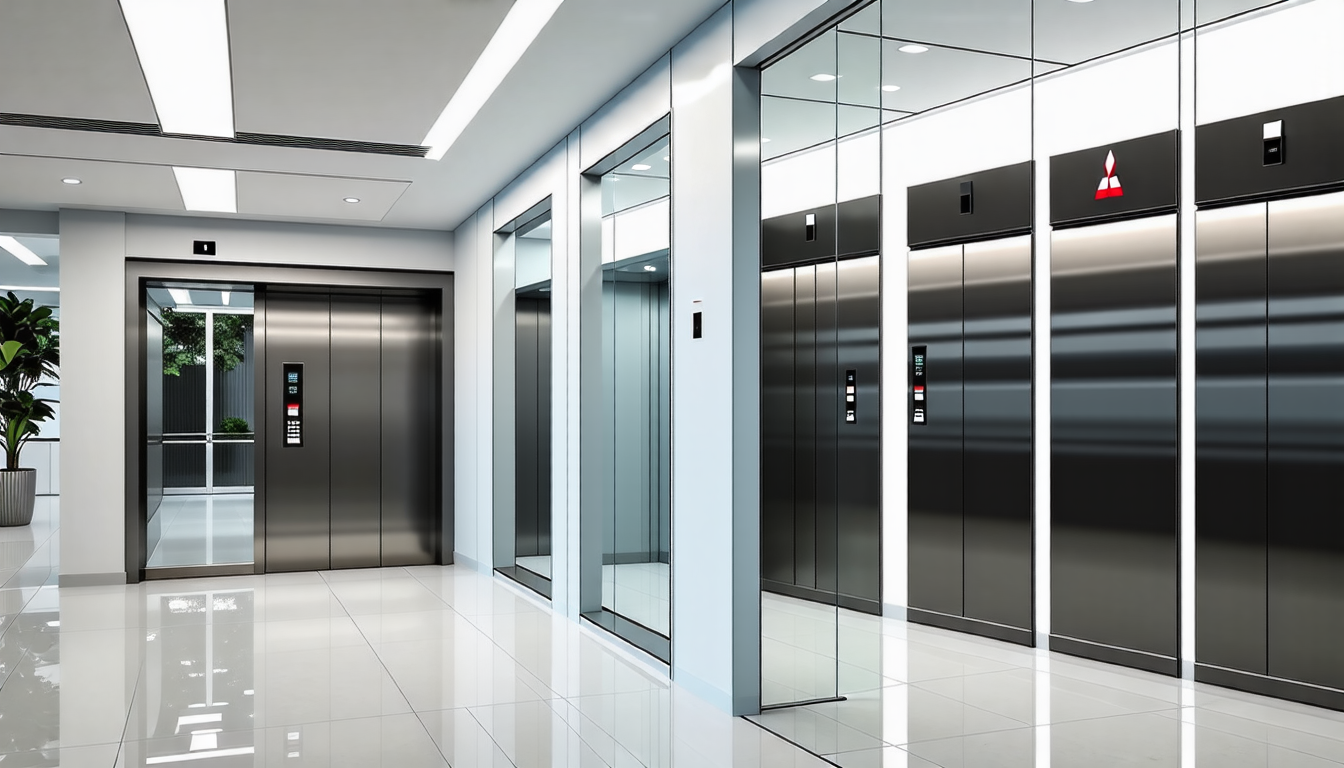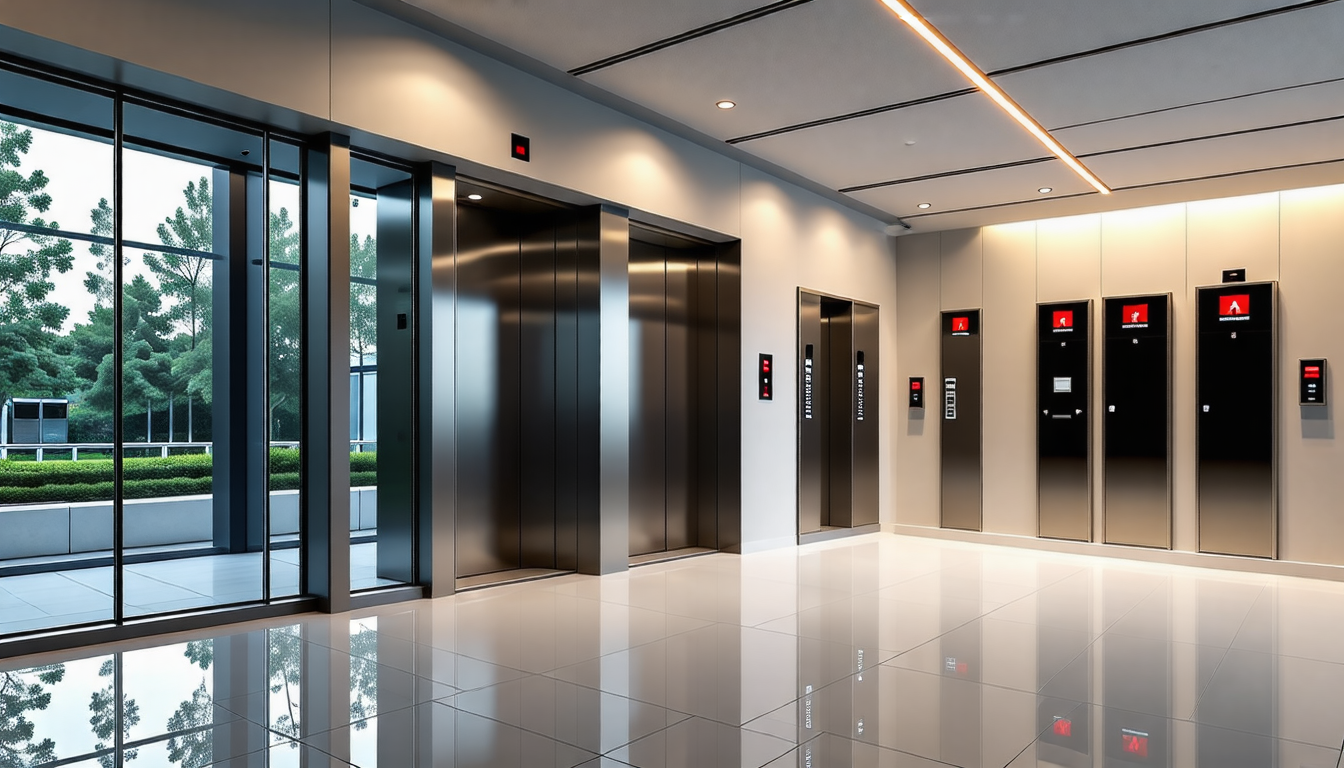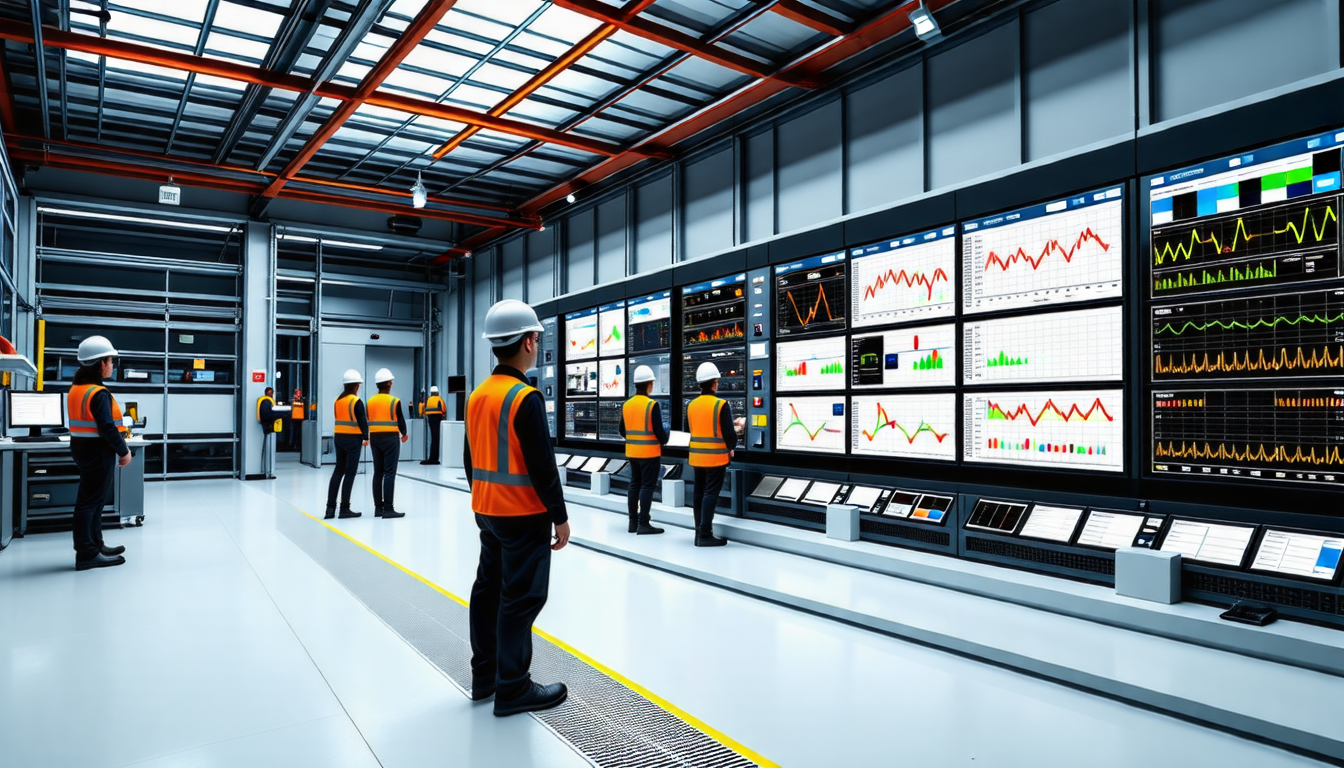|
IN BRIEF
|
Mitsubishi Electric is known for its exceptional elevator solutions that cater to a wide range of transportation needs in urban environments. The company’s offerings encompass a diverse array of elevator types, including hydraulic, machine room-less (MRL), and conventional gearless (high-speed traction) systems, each designed to meet specific operational requirements and architectural constraints. The development of their NEXIEZ series exemplifies the innovative engineering that allows for both standard and fully customizable designs. Mitsubishi Electric elevators prioritize not only speed and reliability but also sustainability and safety, evidenced by their comprehensive lifecycle solutions. By understanding the various types of Mitsubishi Electric elevators available, one can make an informed choice that aligns with both functional needs and environmental considerations.

Mitsubishi Electric is renowned for its innovative designs and advanced technology in the elevator industry. Their offerings encompass a wide range of elevator types tailored to meet diverse needs across various applications. Understanding the different systems offered allows building owners and managers to choose the right equipment for their specific requirements.
Hydraulic Elevators
Hydraulic elevators represent a robust solution for low to mid-rise buildings. These elevators rely on a hydraulic system to lift and lower the cab using a pump that pushes fluid into a cylinder, raising the elevator. Mitsubishi Electric’s hydraulic elevators are available in standard and fully customizable designs, making them suitable for different architectural styles and user needs.
The flexibility in design means that these elevators can fit in various environments, from residential buildings to commercial structures. Additionally, Mitsubishi Electric focuses on lifecycle efficiency and energy consumption, ensuring that their hydraulic elevators provide a reliable and environmentally friendly option for vertical transport.
Machine Room-Less (MRL) Elevators
The Machine Room-Less elevators are a cutting-edge innovation that optimizes space usage in buildings. Unlike traditional elevators, which require a dedicated machine room, MRL systems house their machinery within the hoistway. This design not only maximizes usable floor space but also simplifies installation in buildings where space is at a premium.
Mitsubishi Electric’s MRL elevators offer exceptional energy efficiency and quiet operation, making them ideal for residential and commercial buildings. These elevators also feature a variety of customizable finishes and configurations, providing both aesthetic appeal and operational efficiency.
Conventional Gearless Elevators
Conventional gearless elevators, particularly the high-speed traction models offered by Mitsubishi Electric, are designed for tall buildings needing fast and reliable vertical transport. These elevators employ advanced engineering and design principles to deliver smooth rides, high-speed travel, and reduced energy consumption.
One key feature of Mitsubishi Electric’s gearless elevators is their minimum maintenance needs, which result from the absence of gear components. This model is particularly advantageous in high-rise applications, where downtime can significantly impact service. The implementations of these elevators can greatly enhance the overall functionality and user experience of a building.
NEXIEZ Elevator Series
The NEXIEZ series of elevators represents Mitsubishi Electric’s commitment to innovation and user-friendly design. Launched in 2010, this series includes various configurations, such as the NEXIEZ-MRL and NEXIEZ-MR models. Each variant caters to specific building requirements while ensuring optimal performance and comfort.
This series stands out due to its advanced technology, incorporating features that enhance energy efficiency through intelligent control systems. This allows for the reduction of electricity usage, a critical consideration in today’s eco-conscious environment. Furthermore, Mitsubishi Electric ensures that these elevators support high occupancy loads, making them ideal for busy public spaces.
Passenger Elevators
Passenger elevators form the backbone of vertical transport in most buildings, and Mitsubishi Electric specializes in this area by offering a wide range of models tailored to various building types. These elevators are designed to accommodate different capacities and speeds, ensuring that they meet the movement demands of users effectively.
The flexibility in design extends to the aesthetic components, with customizable finishes that can match any building’s decor. Mitsubishi Electric’s passenger elevators are not only functional but also enhance the overall architecture of a building, ensuring a seamless integration into the environment.
Freight Elevators
In addition to passenger elevators, Mitsubishi Electric provides a range of freight elevators designed for the efficient movement of goods. These elevators are built to withstand heavy loads and rigorous usage, making them ideal for warehouses, industrial settings, and large commercial spaces.
Mitsubishi’s freight elevators can be customized to accommodate varying weight capacities and dimensions, ensuring that they fit specific operational requirements. Incorporating advanced safety features and robust mechanisms, these elevators ensure secure and efficient transport of materials, enhancing overall productivity.
Escalators and Moving Walks
Mitsubishi Electric does not limit its expertise to elevators alone but extends its innovation to escalators and moving walks. These solutions are perfect for high-traffic areas such as shopping malls, airports, and public transport facilities. The design of these systems prioritizes safety, efficiency, and ease of use for passengers navigating busy environments.
The escalators and moving walks by Mitsubishi Electric offer a variety of speeds and configurations to align with the specific demands of each location. By providing significant flow capacity and improving the handling of pedestrian traffic, these designs enhance the user experience in large public spaces.
Modernization Solutions
Modernization of existing elevator systems is a crucial aspect of maintaining operational efficiency and safety. Mitsubishi Electric provides comprehensive modernization services that can breathe new life into outdated systems. Their solutions focus on upgrading technology, energy efficiency, and compliance with modern safety standards without requiring full system replacements.
Many buildings benefit significantly from these modernization solutions, which can include the installation of advanced control systems, cab upgrades, and new drive systems. As a result, building managers can ensure that their elevators remain competitive in terms of performance and are adaptable to the evolving needs of users.
Customization and Selection Process
Selecting the appropriate Mitsubishi Electric elevator involves understanding the unique requirements of a building and its usage patterns. Building managers should consider factors such as building height, expected passenger traffic, and potential aesthetic preferences when making their choice.
Mitsubishi Electric has developed guidelines to assist customers in effectively selecting the right elevator model. It emphasizes factors such as installation space, load capacity, and the integration of modern technologies to ensure each installation serves its intended function efficiently. To learn more about effective selection, more details can be found at this link.
Maintenance Considerations
Once an elevator system is installed, ensuring its longevity and safety through regular maintenance is crucial. Mitsubishi Electric prioritizes easy maintenance procedures, offering comprehensive support and guidance to building managers. Their elevators are designed to require minimal maintenance, allowing for easy access to components for servicing.
Regular maintenance not only prolongs the lifespan of the equipment but also optimizes performance and safety. Mitsubishi provides resources and recommendations for effectively maintaining their elevators, which can be valuable for building management teams. More information about maintenance services can be found at this link.
In conclusion, understanding the range of Mitsubishi Electric elevators, from hydraulic to high-speed traction models, and their applications allows building owners to make informed decisions regarding vertical transport systems. With a focus on innovation, efficiency, and customization, Mitsubishi Electric continues to lead the market with versatile solutions for every type of building.
When exploring the various types of Mitsubishi Electric elevators, it becomes evident that their offerings are diverse, catering to myriad applications and preferences. From hydraulic elevators designed for robust performance to high-speed traction models that prioritize efficiency and rapid transport, the spectrum of choices is extensive. The customization options available further enhance the ability of these elevators to meet specific building requirements. Additionally, models like the NEXIEZ series reflect Mitsubishi’s commitment to innovation, ensuring that users benefit from both advanced technology and aesthetic appeal. Ultimately, the right elevator can significantly enhance the functionality and experience within any space.
Frequently Asked Questions about Mitsubishi Electric Elevators
What types of elevators does Mitsubishi Electric offer? Mitsubishi Electric provides a diverse range of elevator systems including hydraulic elevators, machine room-less (MRL) elevators, and conventional gearless (high-speed traction) elevators, suitable for various applications.
Can Mitsubishi Electric elevators be customized? Yes, Mitsubishi Electric offers fully customizable designs in addition to standard models, allowing clients to select options that meet specific requirements.
Are Mitsubishi Electric elevators known for speed? Absolutely, Mitsubishi Electric has designed some of the world’s fastest elevator systems, ensuring efficient vertical transport.
What is the lifespan of Mitsubishi Electric elevators? Mitsubishi Electric elevators are designed for maximum life cycle, utilizing advanced technology for durability and reliable performance.
How do I select the right Mitsubishi Electric elevator for my building? It’s crucial to assess the different types of elevator systems available and determine whether a standard or customized model would best suit your needs.
Do Mitsubishi Electric elevators require specific maintenance? Yes, implementing a structured maintenance program is essential to ensure optimal performance and longevity of Mitsubishi Electric elevators.
What applications are Mitsubishi Electric elevators suitable for? Mitsubishi Electric elevators can be utilized in various settings including commercial buildings, airports, and other high-traffic environments.

